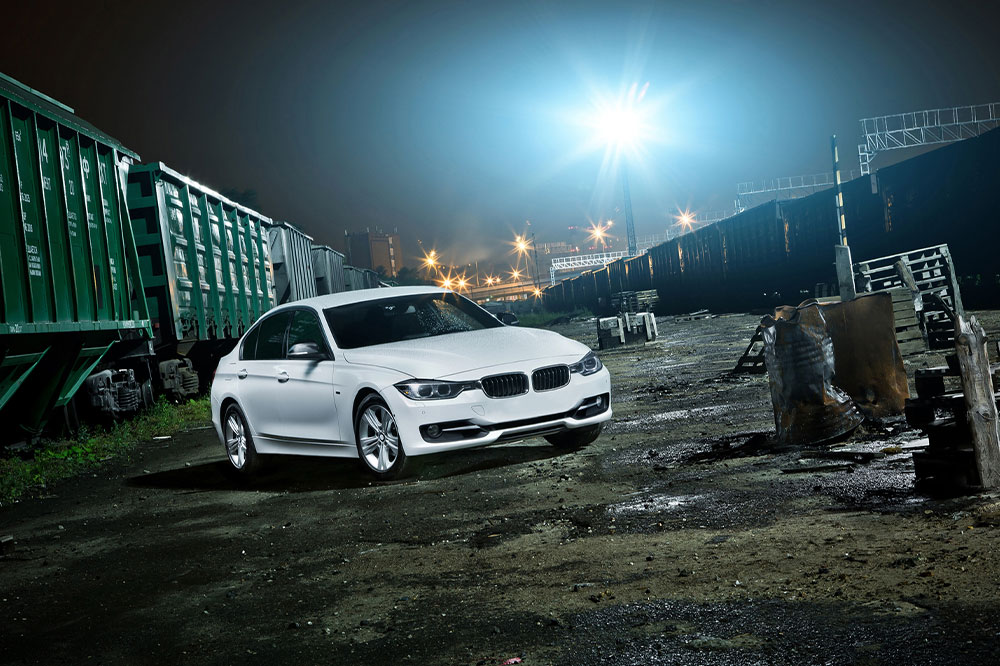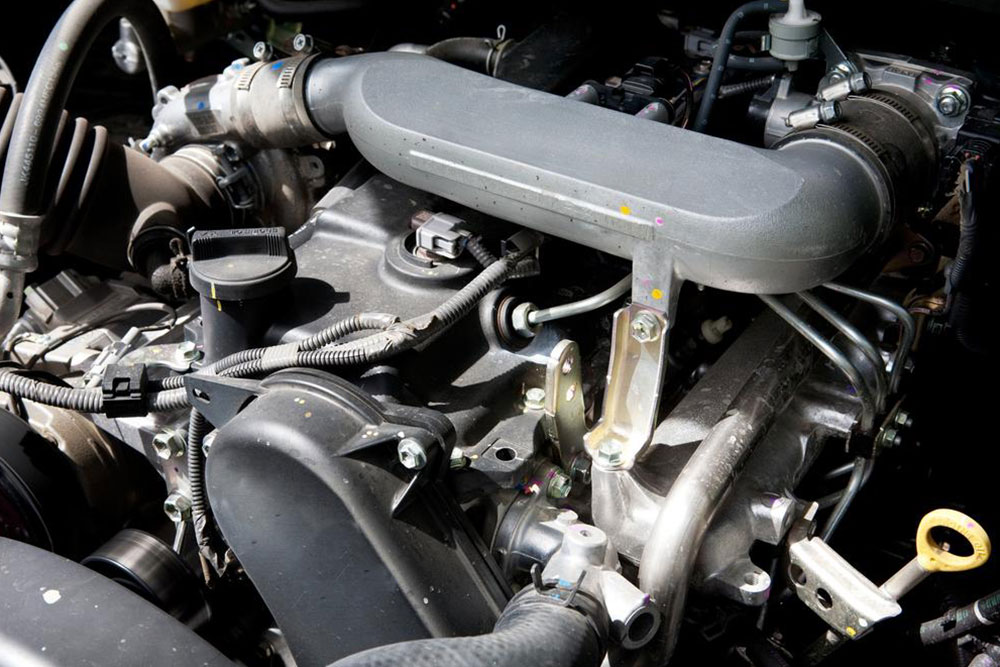Guidelines for Purchasing Pre-Owned BMW Vehicles
Discover essential tips for purchasing reliable pre-owned BMW vehicles. This guide covers model options, depreciation, maintenance, common problems, vehicle history checks, warranties, and inspection tips to help buyers make informed decisions and choose the right used BMW for their needs.

Guidelines for Purchasing Pre-Owned BMW Vehicles
Opting to buy a used BMW is a significant investment that requires careful consideration. It’s essential to research different models, ask the right questions, and review the vehicle history to ensure longevity and reliability of your purchase.
Key factors to consider when buying a used BMW:
Explore various BMW models and their features available in the second-hand market.
The BMW Series 1 stands out as a compact luxury car with rear-wheel drive and four seats.
Look into Series 3, which offers options for rear-wheel drive or all-wheel drive configurations.
Models such as E90 (sedan), E91 (station wagon), E92 (coupe), and E93 (convertible) offer diverse choices.
If within budget, consider the E46 coupe for a sporty option.
The Series 5 is a mid-size luxury sedan, often available with all-wheel drive and diesel variants for better fuel efficiency.
For larger preferences, the Series 7 luxury sedan, featuring leather upholstery and wood trims, is suited for those preferring chauffeur-driven comfort.
The BMW X3 is a compact SUV, while the X5 is a larger, more premium SUV often costing over $5,000.
Understanding the depreciation of a BMW:
BMW vehicles tend to lose value rapidly, impacting resale prospects.
Depreciation rates are higher compared to other luxury brands annually.
Some models, like Series 1 and X5, retain value better than others.
Late-model used BMWs, especially 3- and 6-year-olds, can be more economical due to depreciation.
Maintenance costs for BMWs:
Owning a BMW entails higher maintenance expenses because of costly repairs and parts.
High-quality fuels, tires, and lubricants are necessary for optimal performance.
Labor costs are elevated due to their sophisticated engineering.
Older BMWs built before 1999 may be easier and cheaper to repair through general mechanics.
Common issues with BMW cars:
Electronics can be complex, with frequent problems in fuses, batteries, key controls, and power systems, often managed by iDrive.
Engine-related problems are common, especially with turbocharged engines, leading to stalling or rough idling.
Replacing second-generation X5 parts can be costly, exceeding $50,000.
Interior rattles and exterior noises may indicate underlying issues.
Verifying the vehicle history:
Obtain a detailed history report to check for previous accidents, owners, liens, and maintenance records.
Use the Vehicle Identification Number (VIN), usually found on the windshield or door frame, for online history checks.
Be cautious of discrepancies such as odometer tampering or inconsistent mileage.
Address any failed emissions tests or major repair records, even if the vehicle appears well-maintained.
Warranty considerations:
Review existing warranty coverage; some used BMWs may still be under original warranty.
Ensure warranties cover critical issues and consider purchasing extended coverage.
BMW warranties typically last up to six years or 100,000 miles and include defects and maintenance.
Be aware of costs per service visit and whether warranties are transferable.
Inspection by a mechanic:
Before finalizing a purchase, have a trusted mechanic conduct a comprehensive inspection.
Ideally, choose someone familiar with BMWs to identify hidden problems.
Check for previous accidents, frame damage, flood exposure, or other significant issues.










